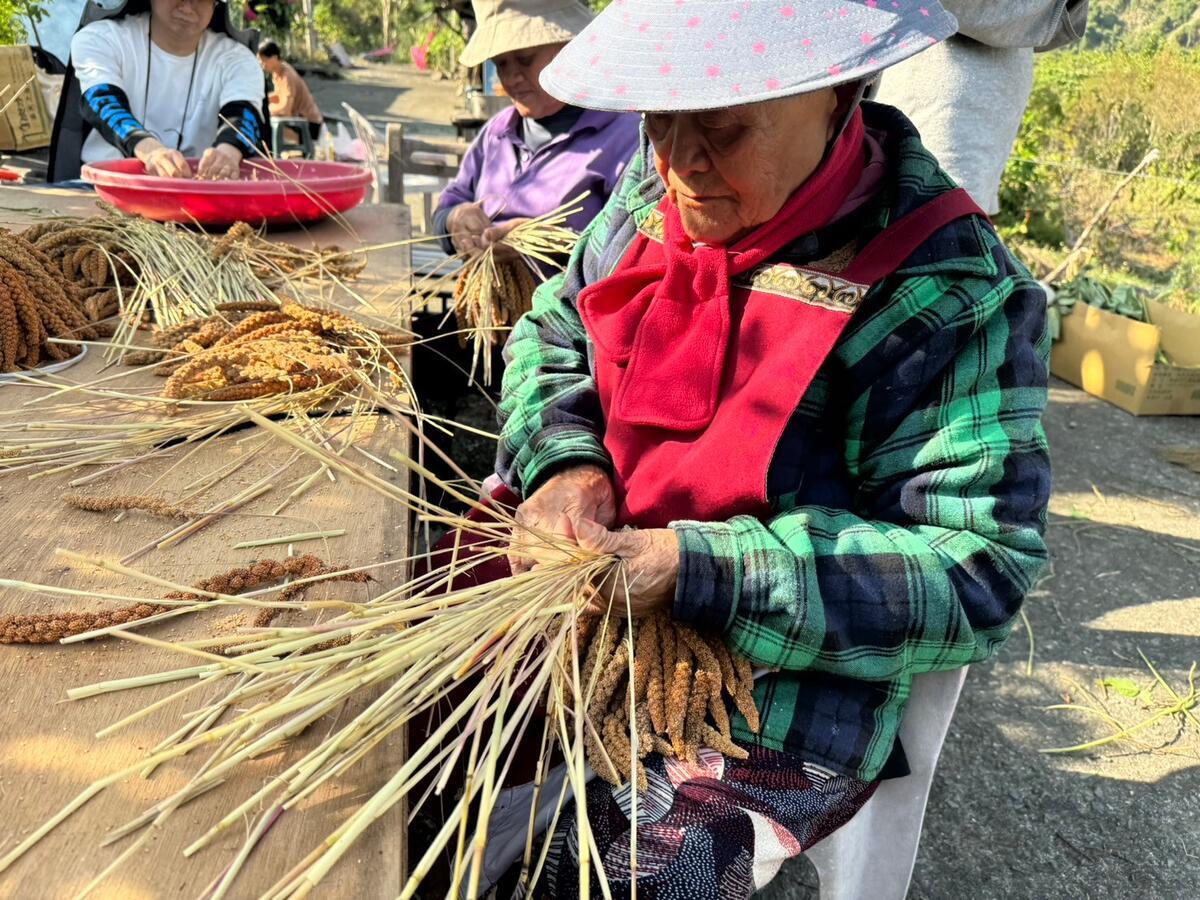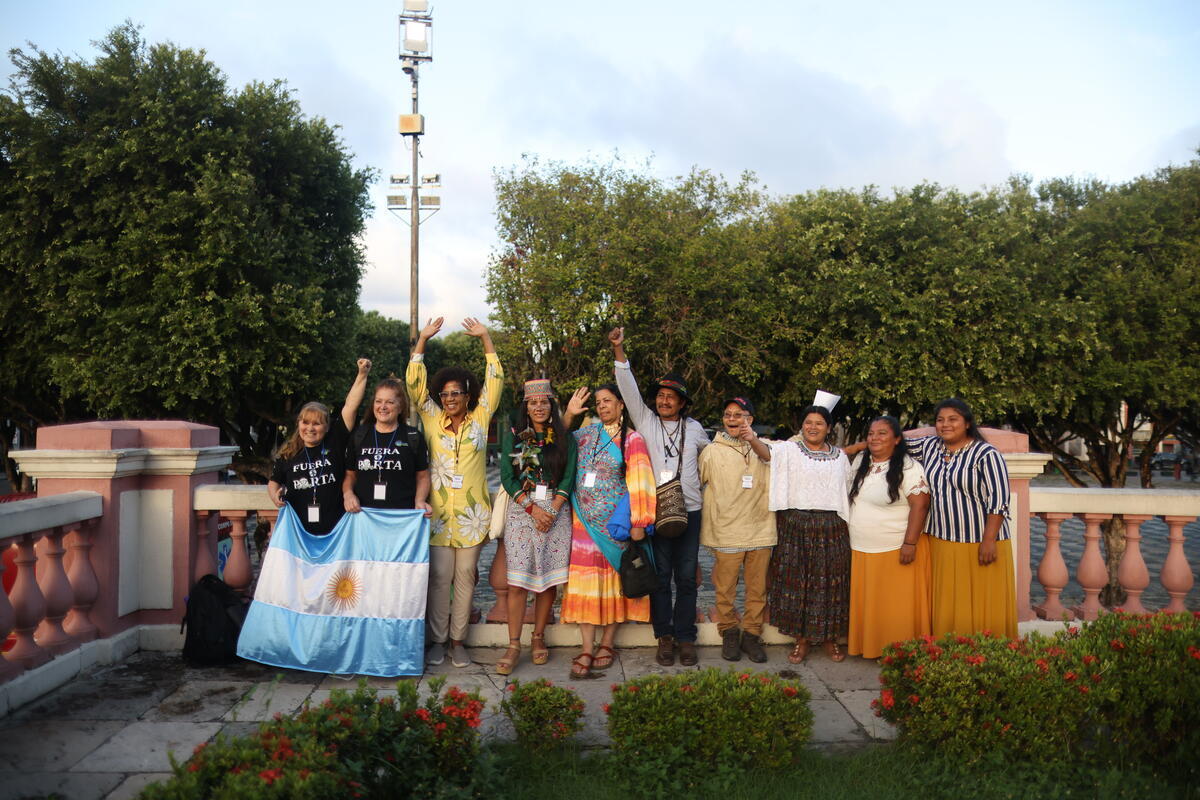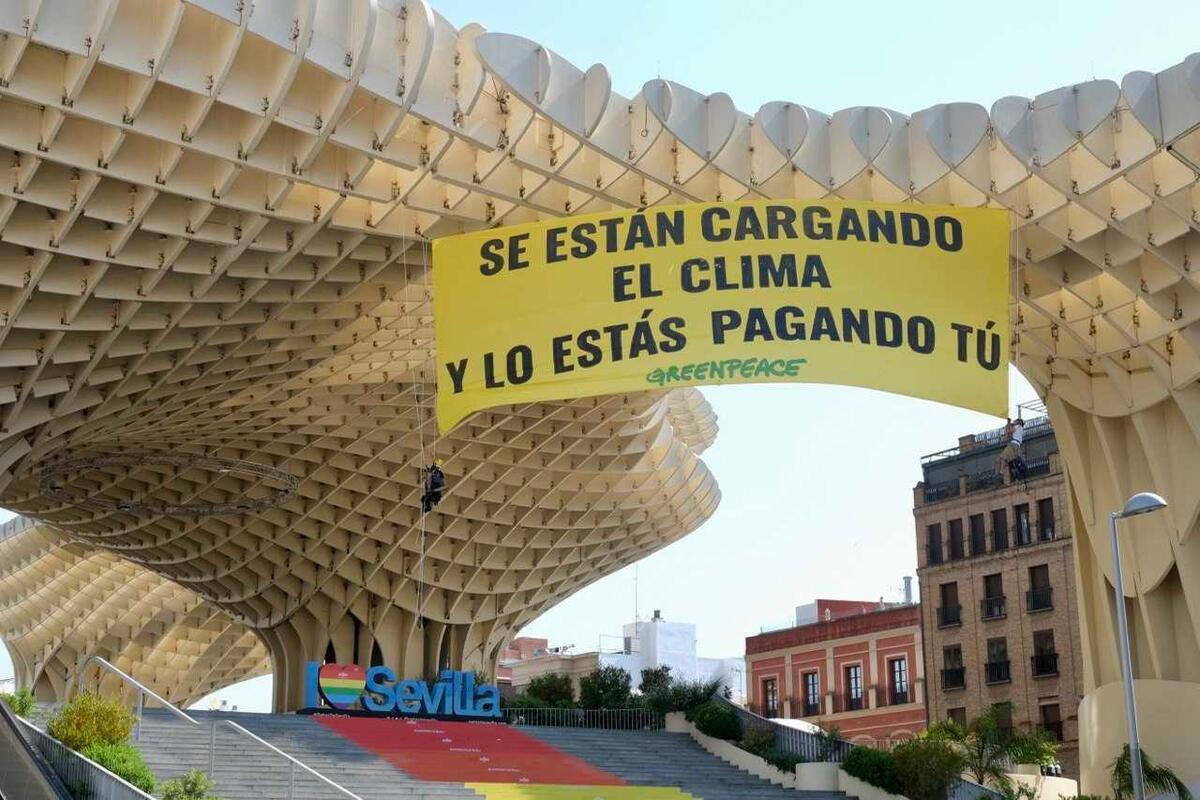Wondering what an area of forest burning larger than Belgium looks like?
Greenpeace Russia has been documenting the wildfires, to show their effect, size and catastrophic impact on all of us.
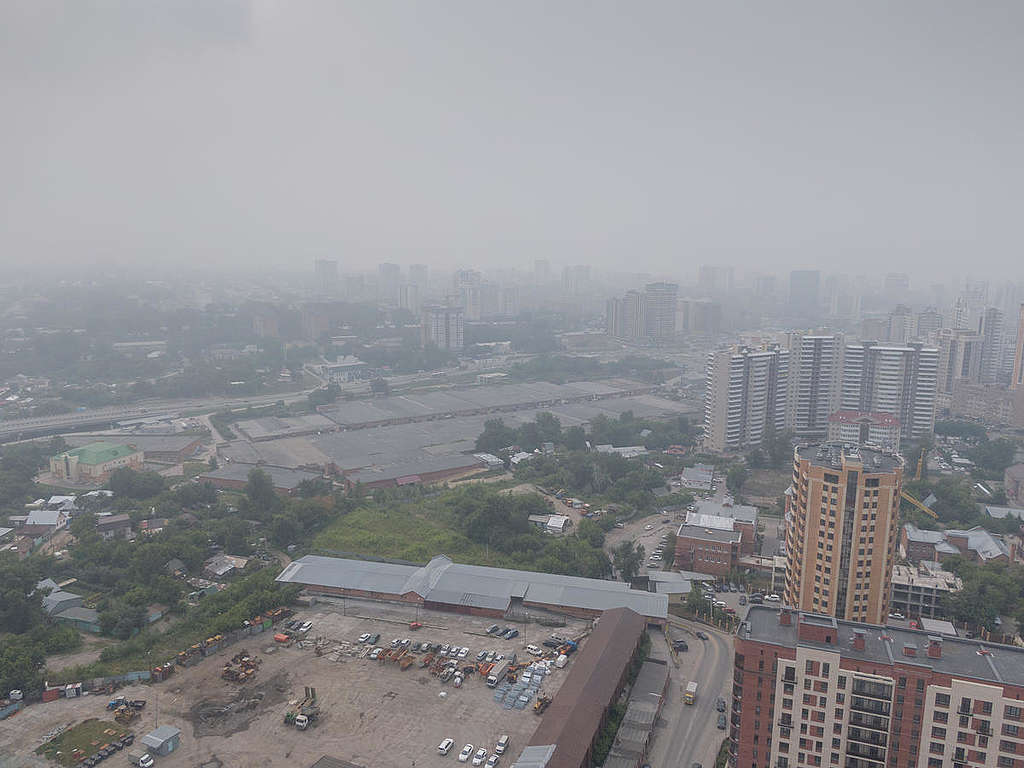
“Is it fog or smoke?” This is the first thing that comes to mind when the air you breathe becomes cloudy and thick. The same question was asked by residents of many cities and towns of the Irkutsk region in Russia. Every summer these cities find themselves in the smoke.
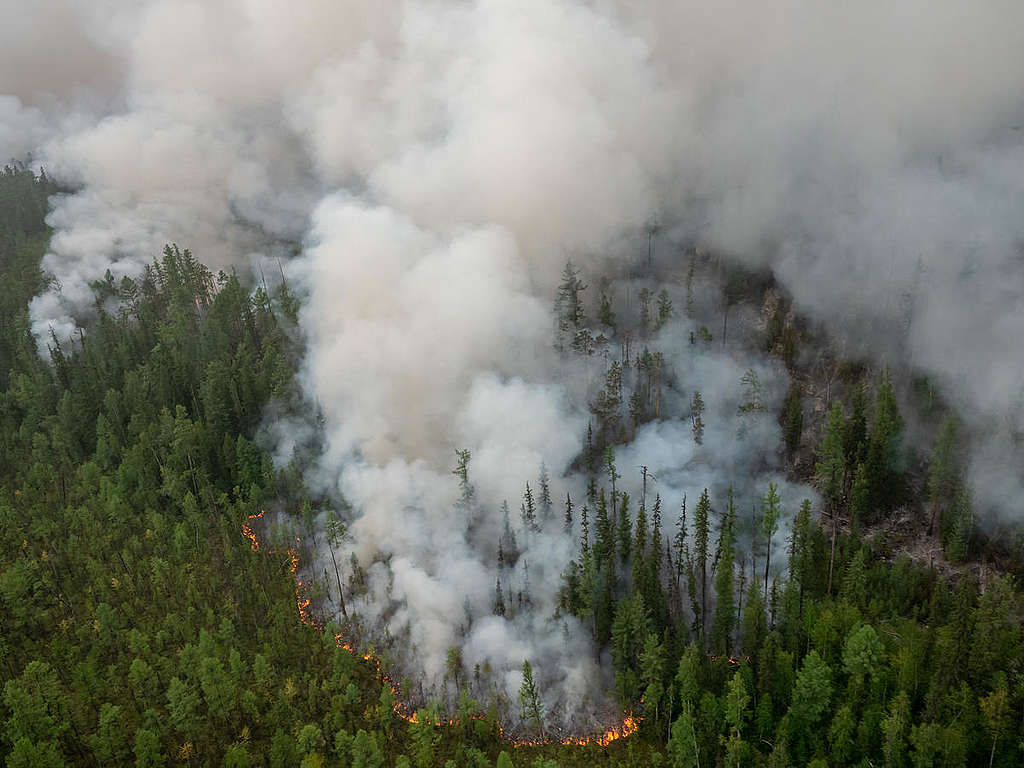
We found satellite images of fires burning 320 kilometres away so we took a small helicopter and flew over the fires in the taiga. It is an endless boreal forest of beautiful trees that stretches off into the horizon. However, it doesn’t feel like we’re flying, but swimming through the beauty of it. Soon we saw a smoke column over the forest and fly into the smog. Quickly approaching furnace I must take pictures. I want to fix the disaster. I take pictures, through my own tears.
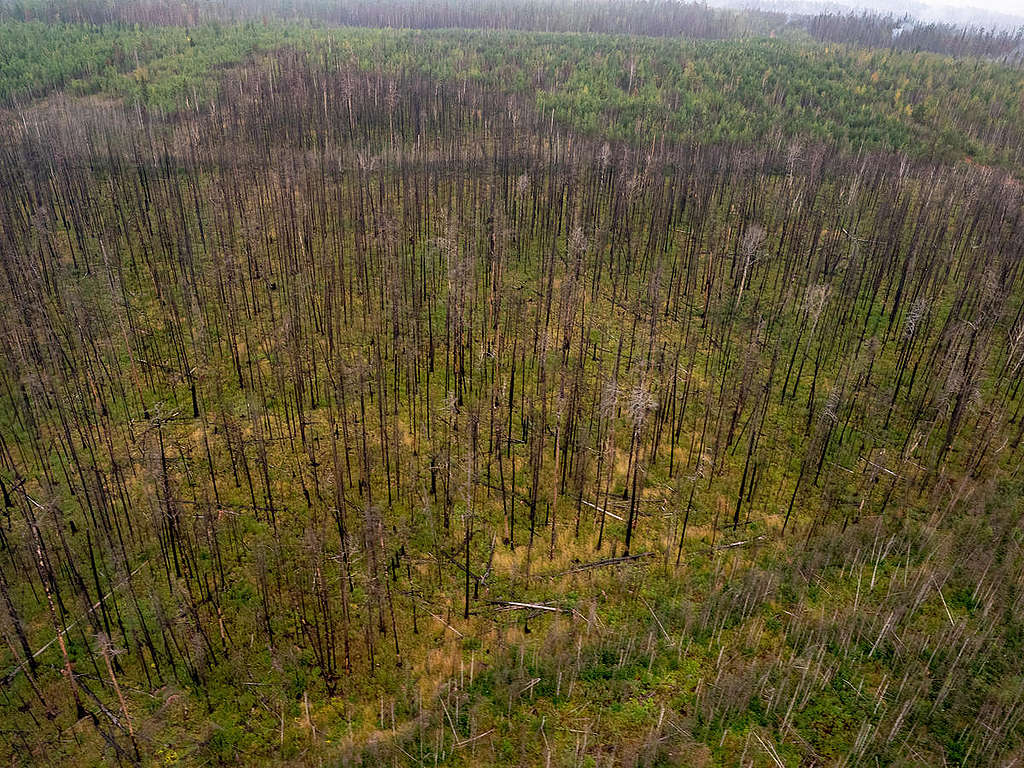
We can see the area which has already burned. The trees stand like charred matches, and the ground is covered with sores. You can see how the fire destroyed the area as it scorches the ground while trees in the distance are clouded in a viscous smoke.
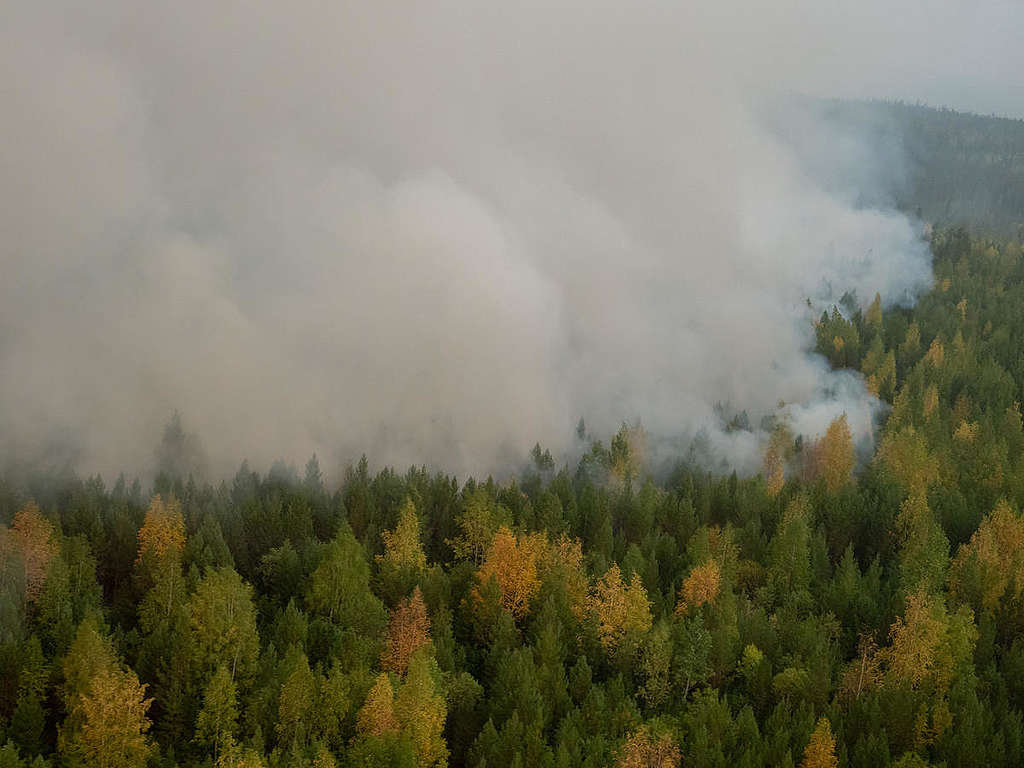
Every day we are feeling the effects of climate change: from draughts in Africa, to monsoons in Southeast Asia. The wild forests of Russia are a big part of restoring climate balance to the planet, but now they are burning — they themselves turning into a cause of climate change.
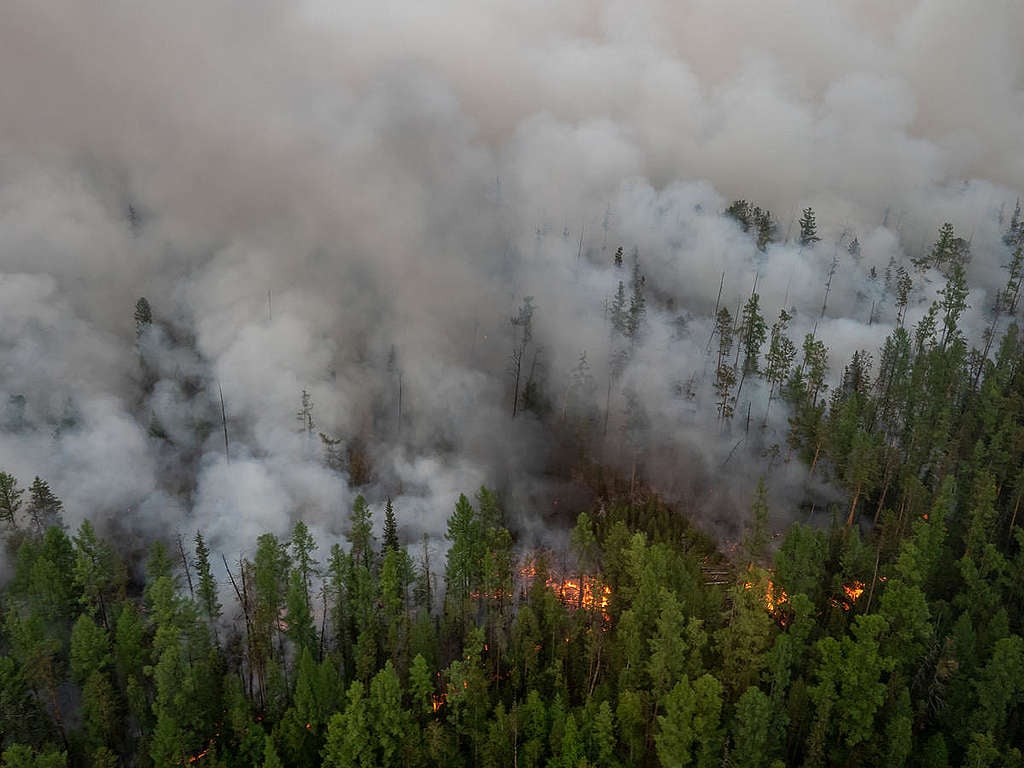
90% of wildfires in Russia are the result of human activities, according to official statistics and Greenpeace’s own research. According to satellite imagery, most current Siberian and Far East wildfires started near logging sites, along roads and rivers where people have campfires.

Helicopters from the Ministry of Emergencies regularly drop off firefighters in the taiga. Many courageous people are fighting this fire. But sadly, it can no longer be put out by any human means.
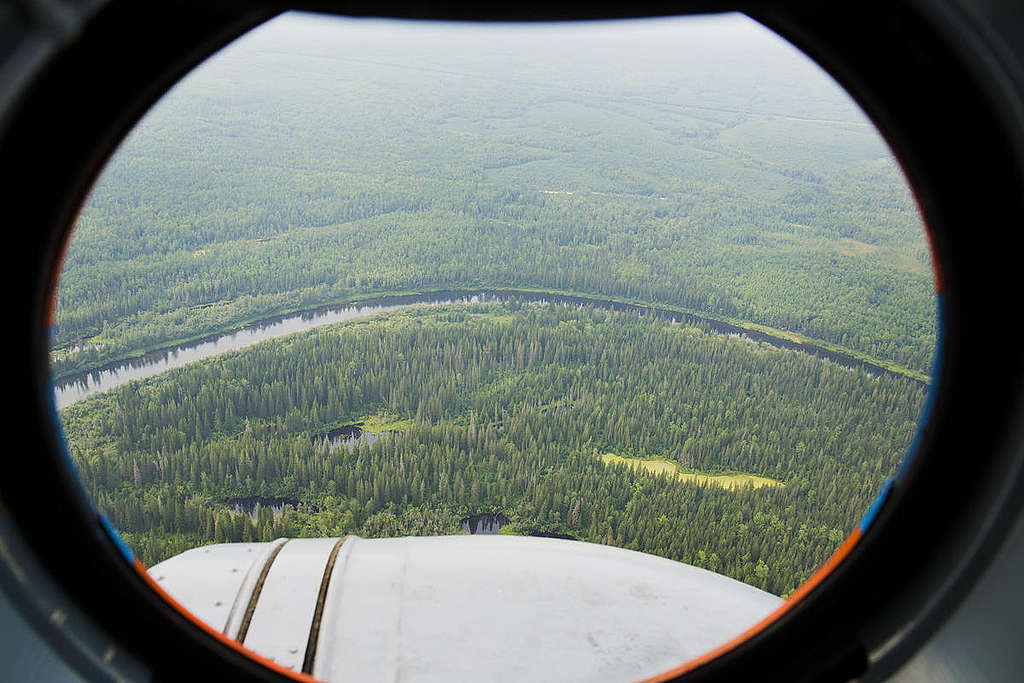
Climate change itself does not create fires – people do, but hotter and drier weather contributes to speeding up the spread and increasing the intensity of these and other fires.
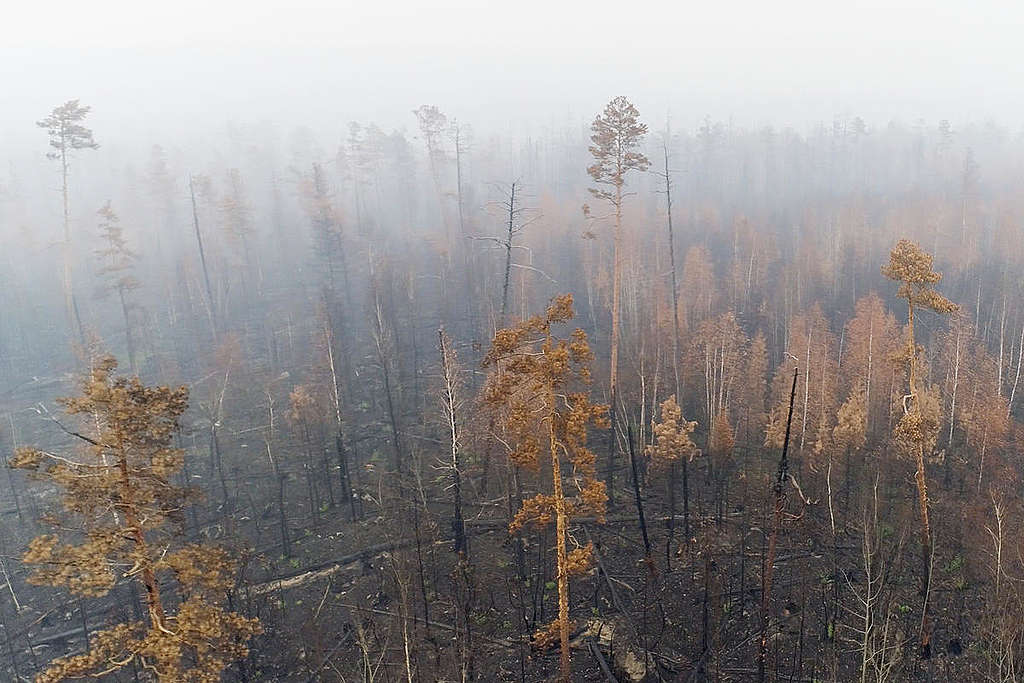
Only 9% of the current fires are being tackled. Russian authorities have made a decision not to commit to fighting these fires, because the ‘consequences do not outweigh the resources needed to fight them’. Everyday new, vast territories are catching fire because the weather is hot and dry. Villages in Siberia and the Far East are in danger.
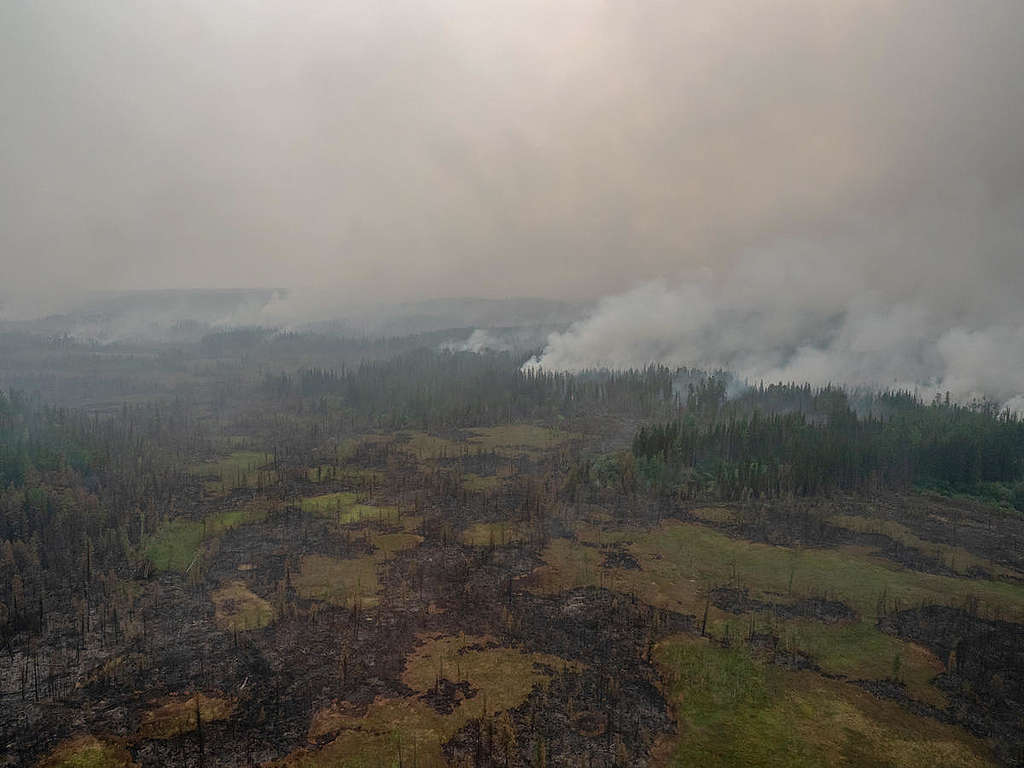
We turn back, fly a few kilometre, and see a deer running beneath the helicopter. A perfectly beautiful animal in a perfectly beautiful forest. And around it burns the world’s largest forest fire.
Fires in Siberia affect the animals that live in the taiga. According to Greenpeace experts it was the home of more more than 5500 sable, 300 bears, 2700 wild Northern deer and 1,500 elk.
Violetta Ryabko is a press officer at Greenpeace Russia and has been documenting the Siberian forest fires.

